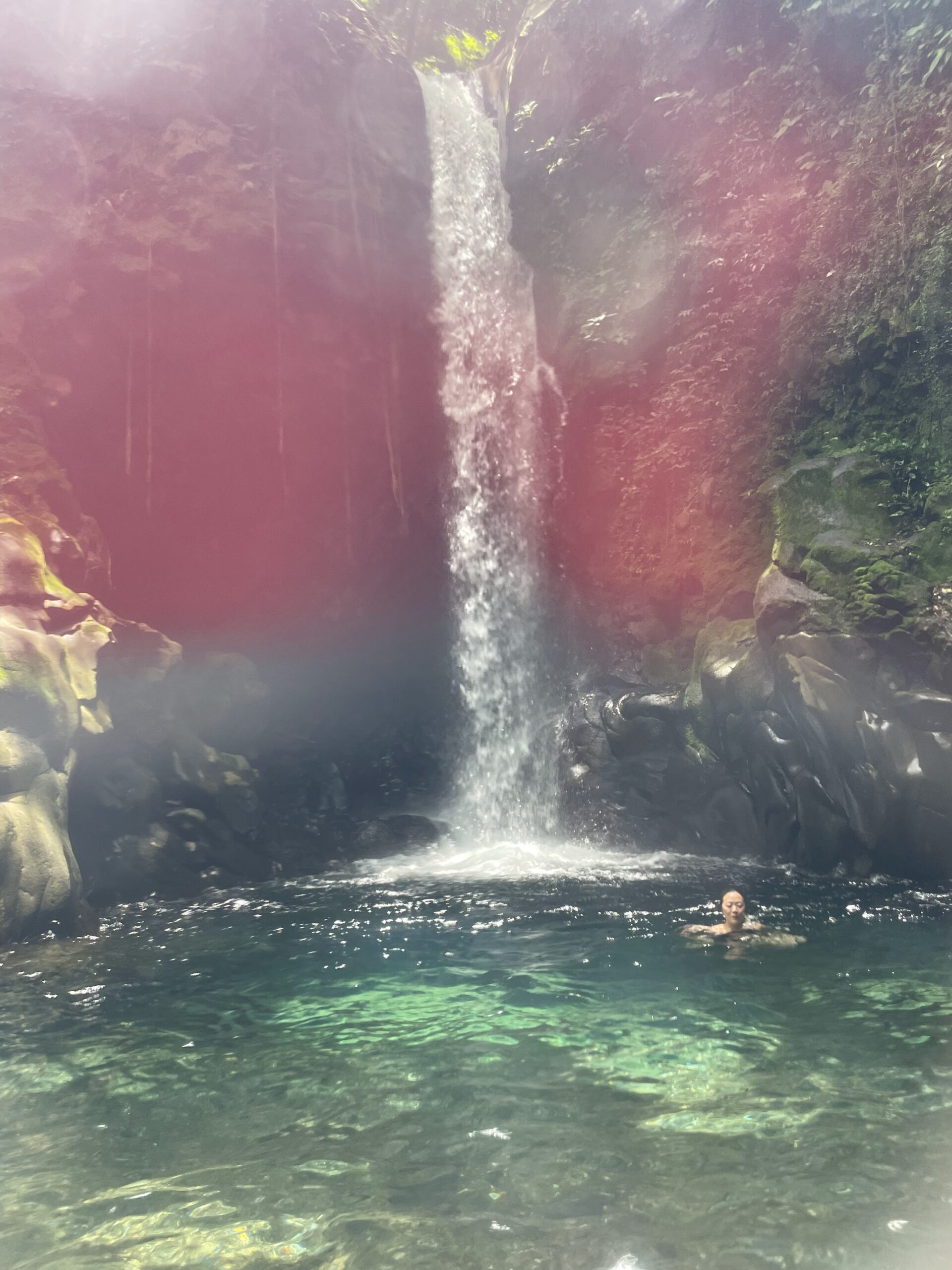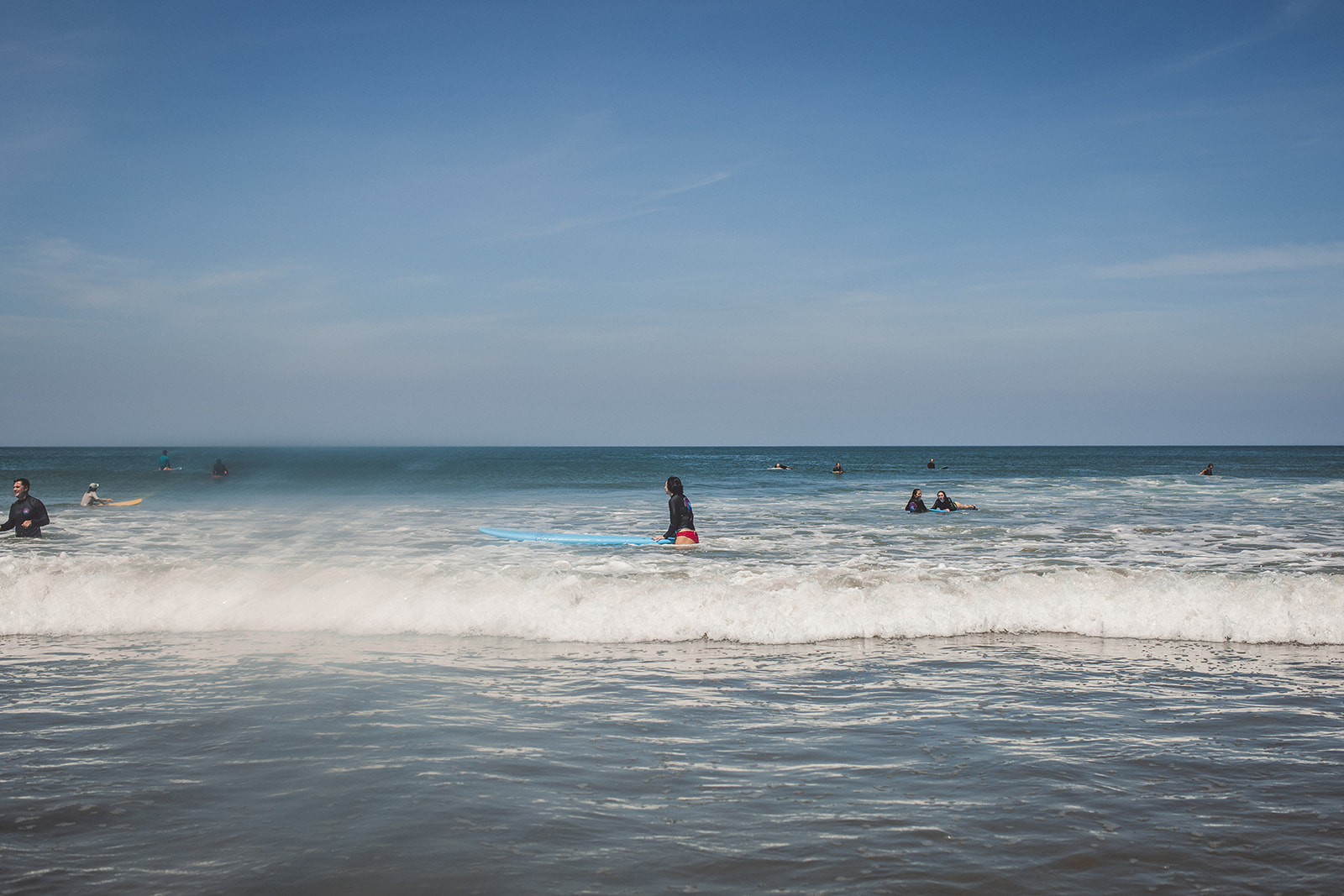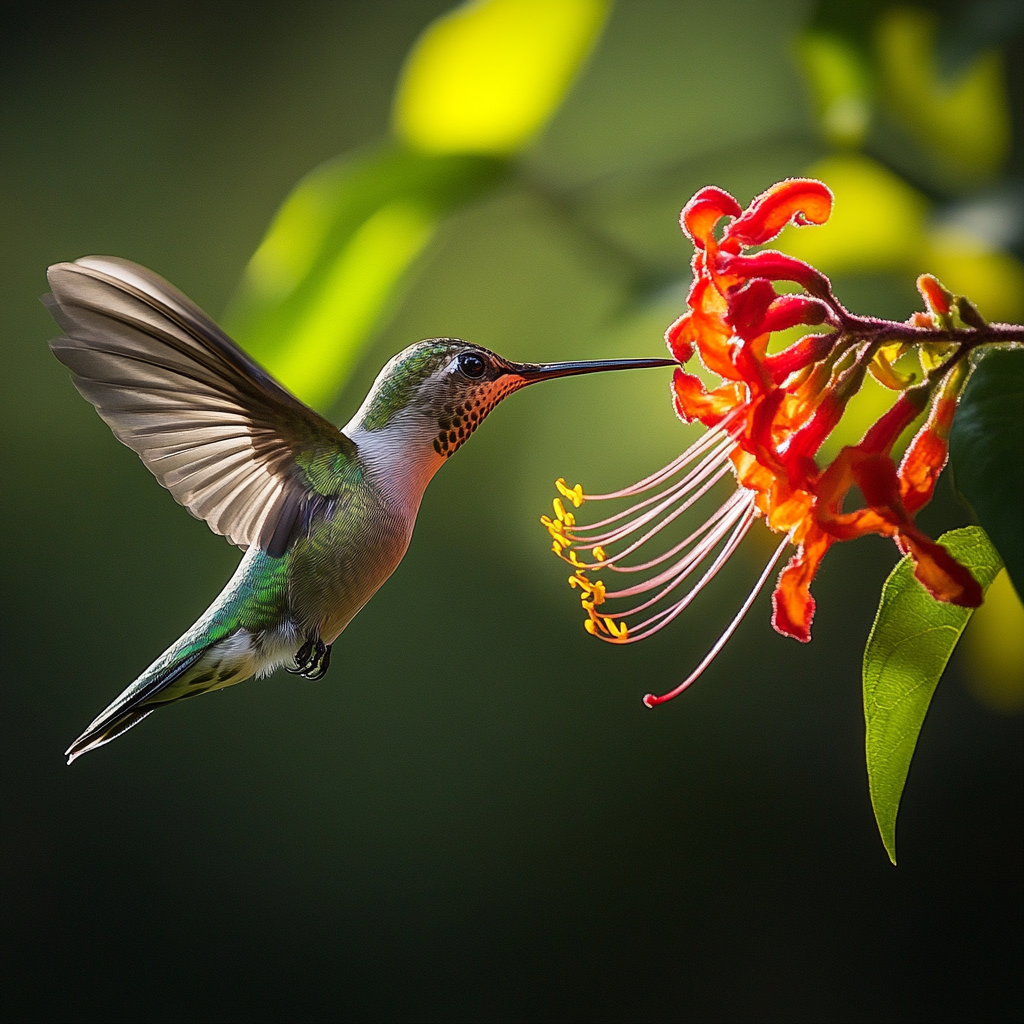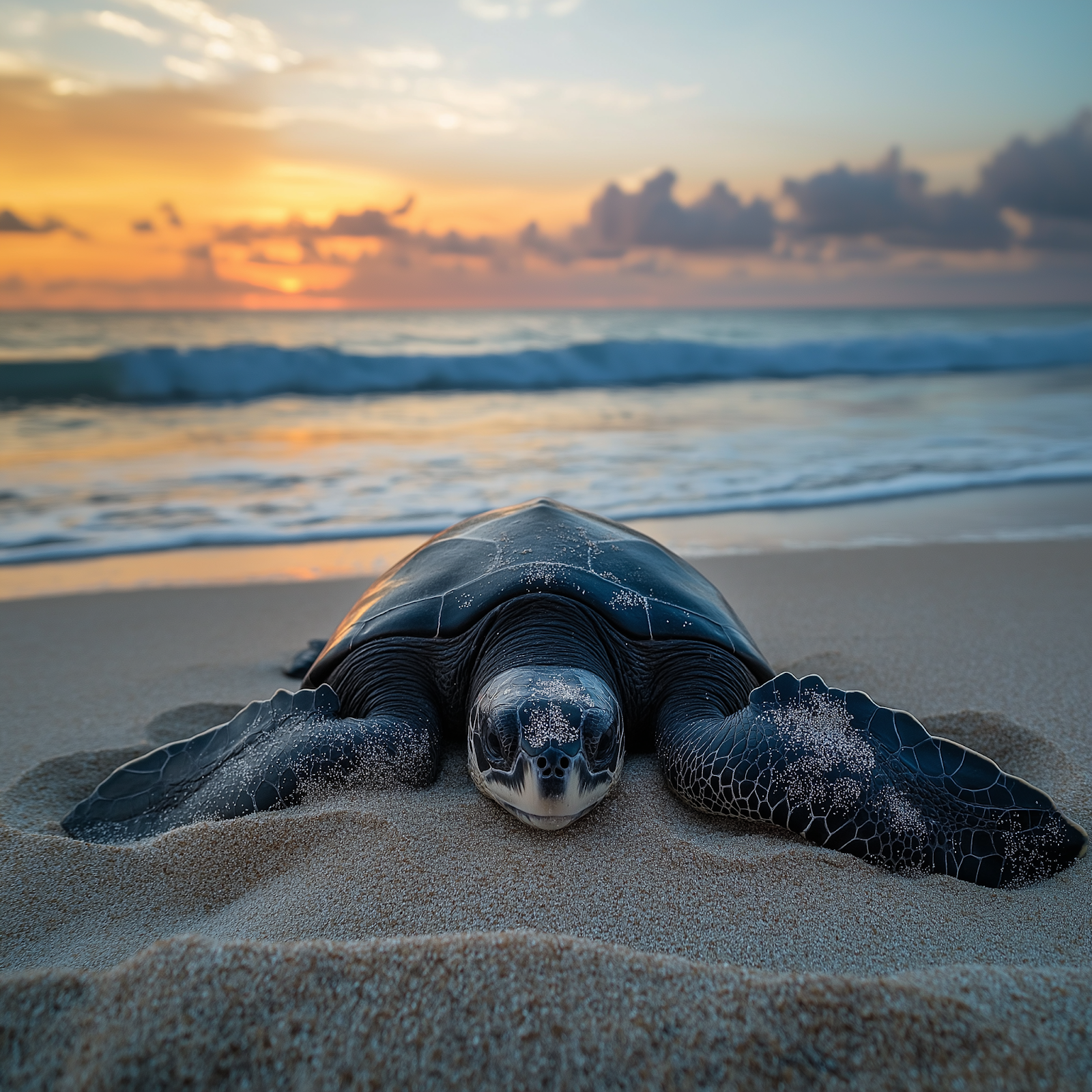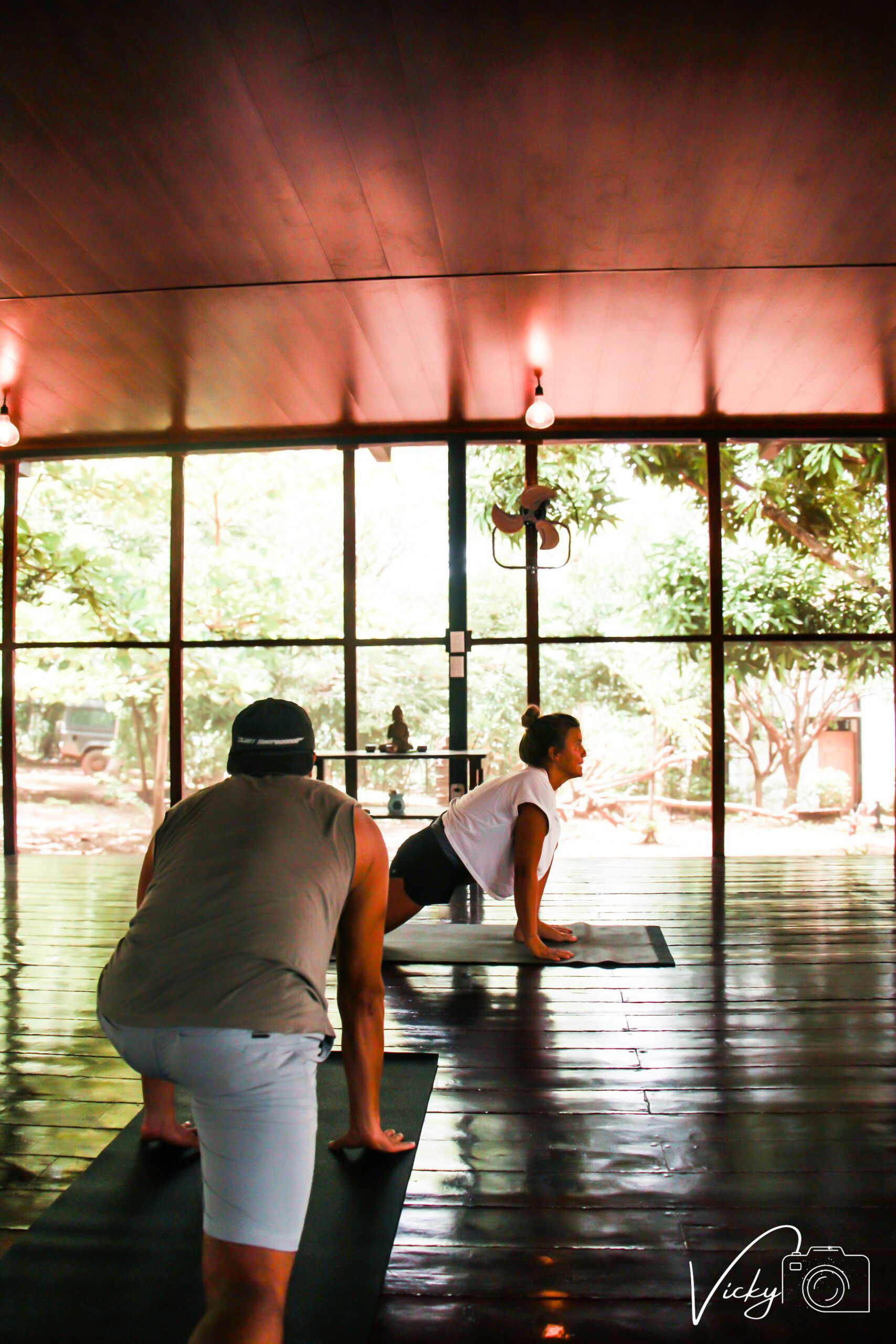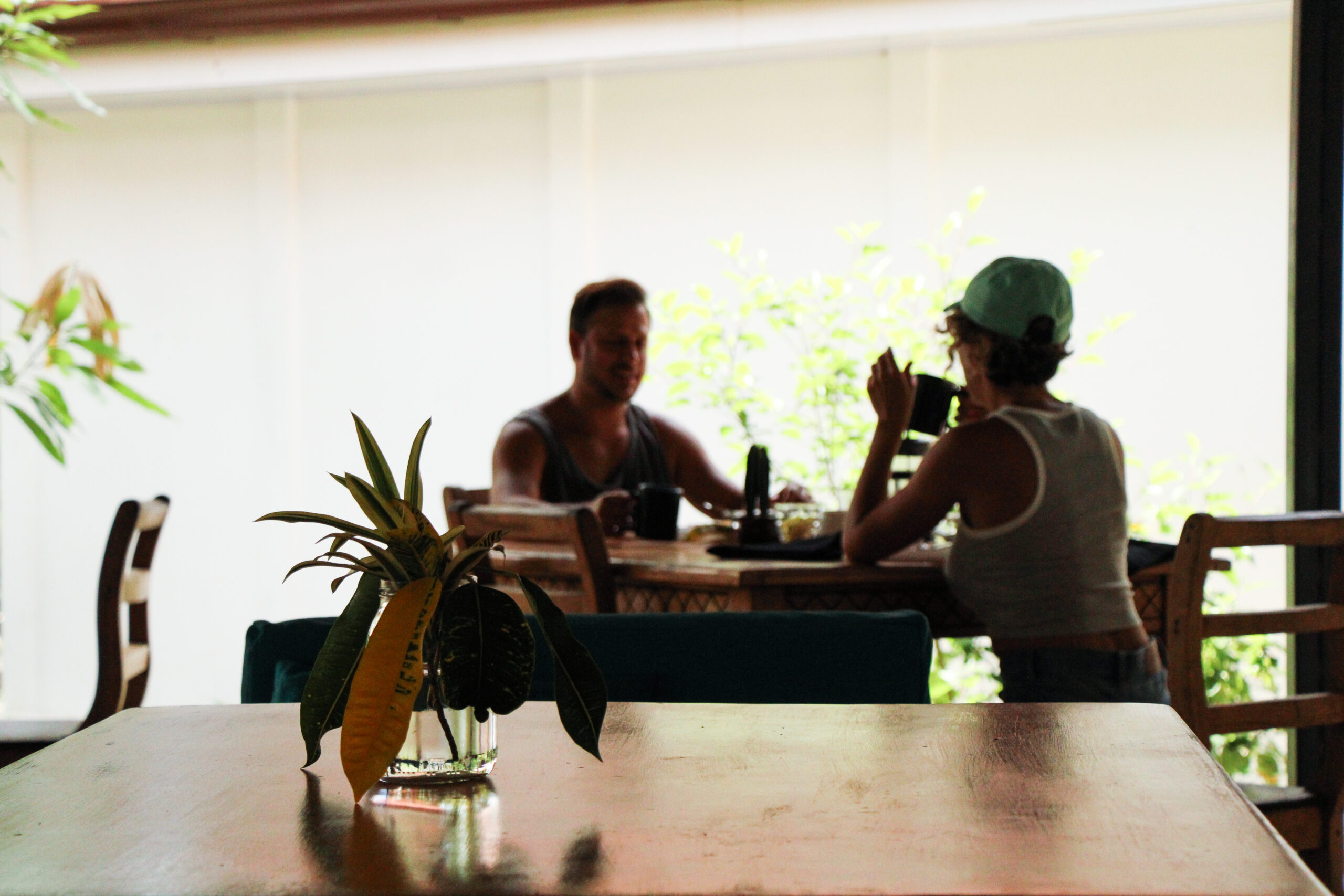Costa Rica is renowned for its rich biodiversity and stunning landscapes. What sets this tropical paradise apart is its remarkable array of microclimates, which create a kaleidoscope of environments within its borders. In this article, we'll delve into the fascinating world of Costa Rica's microclimates, exploring how these miniature climates contribute to the country's ecological diversity and offer visitors a unique and varied experience.
Costa Rica's microclimates are influenced by its geographical features, primarily the Pacific Ocean to the west and the Caribbean Sea to the east. The country is characterized by two distinct coasts, each contributing to the creation of varied climates. The Pacific coast tends to be drier, while the Caribbean coast receives more rainfall, resulting in lush rainforests and vibrant biodiversity.
The country's diverse topography, with its mountain ranges and highland plateaus, further contributes to the creation of microclimates. As elevation increases, temperatures tend to drop, and humidity levels vary. The Central Valley, surrounded by volcanic mountain ranges, enjoys a mild, spring-like climate, making it a favored location for agriculture and human habitation.
Costa Rica is often synonymous with its lush rainforests, and the country's microclimates play a crucial role in their existence. The southwestern part of the country, including the Osa Peninsula, is home to some of the world's most biodiverse rainforests. High annual rainfall, combined with consistently warm temperatures, creates an ideal environment for an incredible array of plant and animal species.
The concept of cloud forests is exemplified in Costa Rica's mountainous regions, where moist air from the Caribbean interacts with cooler air from the Pacific. This collision creates perpetual mist and cloud cover, nurturing unique ecosystems. Monteverde, with its famous cloud forest reserve, is a prime example, offering an otherworldly experience with its suspended bridges and ethereal landscapes.
On the Pacific side, the Guanacaste Province experiences a markedly different climate, characterized by a dry season that contrasts with the wetter regions. This results in the formation of tropical dry forests and savannahs, where wildlife adapted to these conditions, such as dry-adapted monkeys and unique plant species, thrive.
Costa Rica's microclimates are also shaped by trade winds. The northeast trade winds from the Caribbean bring moisture-laden air, contributing to the wet conditions on the Caribbean coast. The southeast trade winds from the Pacific, on the other hand, result in drier conditions on the Pacific side.
Costa Rica's microclimates paint a vivid portrait of nature's diversity within a relatively small geographic area. From the misty cloud forests to the sun-drenched Pacific beaches, each microclimate contributes to the country's ecological tapestry. For visitors, this means a journey through various landscapes, each offering a distinct and memorable experience. Costa Rica's commitment to environmental conservation ensures that these microclimates remain a captivating feature for generations to come, inviting all who venture to explore its natural wonders.
At Drift Away Lodge, we can help you find the best tours and guides to explore some of the greatest examples of these micro climates. We partner with local providers to give you a true "tico" experience! Day trips to Rincon De La Vieja Volcano, Vandara Hot Springs, and Rio Celeste are coordinated with pick up and drop off at our lodge and offer a variety of incredible adventures. Local to the Avellanas area, we can arrange a guided hike to a hidden waterfall, paddle board mangrove tours, or horseback tours of the coastline. Just another reason to stay with us in our oasis in the jungle!
